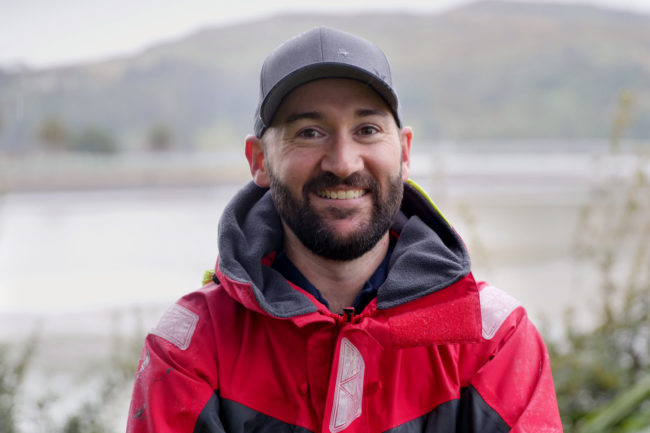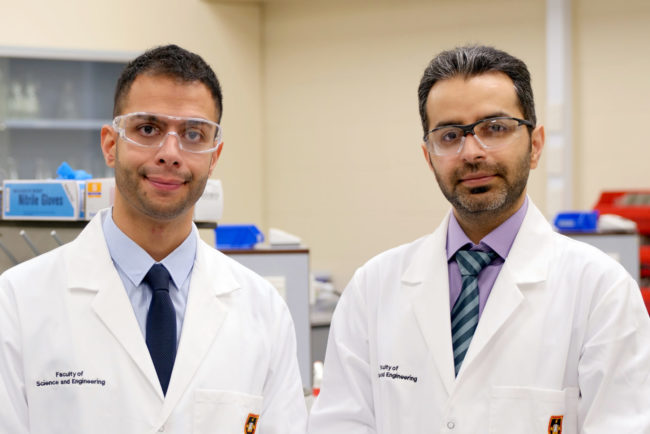Dr. Tim Edwards
From HeroRATs to cancer-detecting canines, Dr. Tim Edwards is using the super-sniffing power of animals to save lives. While working for humanitarian organisation APOPO, Dr Edwards was responsible for the research behind the organisation’s HeroRATs – pouched African rats capable of smelling out landmines and tuberculosis. Now at the University of Waikato, he is continuing…









